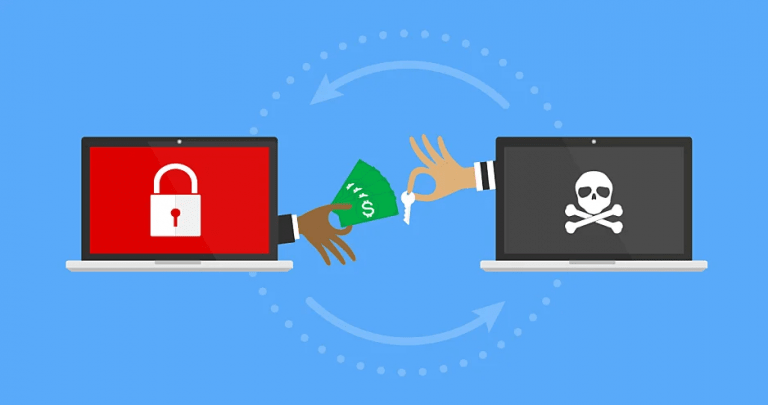

What Is Threatware?
Threatware, spyware, malware, are all terms used to describe malicious codes that harm your computers, steal your information, or hold your computer to a threatware. These ransomware threatware malicious codes are spread by cybercriminals with the intent of wreaking havoc to your system. In recent times, ransomware has been in the news as one of the malware that threatens businesses’ growth.

What is Threatware?: How Does Ransomware Threatware The Growth Of Businesses?
As you may know, ransomware threatware is a type of malware that takes over your computer and sensitive data, encrypts them and prevents you from accessing the files. There are numerous records about what is threatware attack, crippling businesses for over a month before the owners can regain access. Since the first ransomware attack in 1989, more recent attacks have targeted the healthcare industry, finance and other large businesses.
What is Threatware?: How Ransomware Threatware Your Computer
What is Threatware: Though attackers develop codes that harm computers, one might have compromised before the code gets to your computer. How Ransomware threatware is spread to computers via phishing scams. The same applies to other threatware. Here is a detailed look at how ransomware threatware and other related malware threatware infects your computer:
- Threatware Phishing Emails
These are emails sent to your phone with the intent of stealing your information or encrypting your files. These emails are usually deceptive, mimicking your business associates and other service providers. They trick you into opening an infected attachment to carry-out their deeds. You’d prevent any form of malware attacks if you do not open such attachments.
- Threatware Unsafe Websites
As you probably know, unsafe websites can reveal your information to cybercriminals. However, it’s a bit tricky to identify unsafe websites as cybercriminals create websites with all safety features but with hidden codes to steal or gain access to your data. It’s best not to enter your details on any random website you stumble on to prevent how ransomware threatware malware attacks.
- Threatware Cold Calling
This method of phishing scam is also widely used by scammers. It works similarly to email phishing. The criminals will call you, claiming to be one of your service providers or something related to what you do. They’d further ask you to verify an account or update your details via a link sent to you. On doing what they asked, you are in—for the attack. So it’s best to always verify calls or messages from your service providers before you take the requested action.
- Threatware Websites Pop-Ups
You may have noticed that some websites display a ransomware threatware pop-up when you navigate through their pages. Most notifications will ask you to subscribe to a service, email list, updates, etc. How ransomware threatware Attackers also use this method to carry out their deeds. Mostly, they will display a deceitful pop up asking you to update software on your computer or sign up for a promotional offer. If you’re not sure of a website, do not be hasty in clinking links. Try to verify the site before you do anything that might open you up for threatware malware attacks.
What is Threatware?: Preventing Threatware Attacks
What is Threatware attacks and the help of Cybersecurity avoid any form? Here are some basic cybersecurity tips that can help you:
- Keep Your System Updated
Your computer runs an operating system, as well as various applications. These applications are updated from time to time by the developers, and you need to ensure you update as new updates are available. Most new updates are intended to patch security loopholes, so ensure you update to protect attackers from taking advantage of the outdated ransomware threatware software to your detriment.
- Do Not Use Weak Passwords
Examples of weak passwords are your name, date of birth, or common words. These kinds of passwords can be easily guessed, so avoid using them. A strong password is a combination of upper and lower case letters with numbers and symbols. This can help you prevent common threatware malware attacks.
- Get An Active Antivirus
Antiviruses can help repel common malware attacks. You should get a premium antivirus with all features and ensure you keep the software updated.
Use Advanced Endpoint Protection (AEP)
Fileless and other sophisticated malware of ransomware threatware do bypass threatware antiviruses no matter how active. You need advanced endpoint protection to block superior ransomware threatware. AEP uses the most sophisticated security technology to detect and rid stubborn malware.
Final Thoughts of Threatware
How Ransomware threatware attacks can harm your businesses or personal data, and you don’t want to experience that. Protecting your computer from ransomware threatware attacks is the best thing to do. Do not rely only on the traditional security systems as some ransomware threatware can bypass them. Advanced Endpoint Protection can help you combat notorious malware.
See Also:
Bloomfield, NJ 07003Tel: +1 (888) 551-1531Tel: +1 (973) 859-4000Fax: +1 (973) 777-4394


